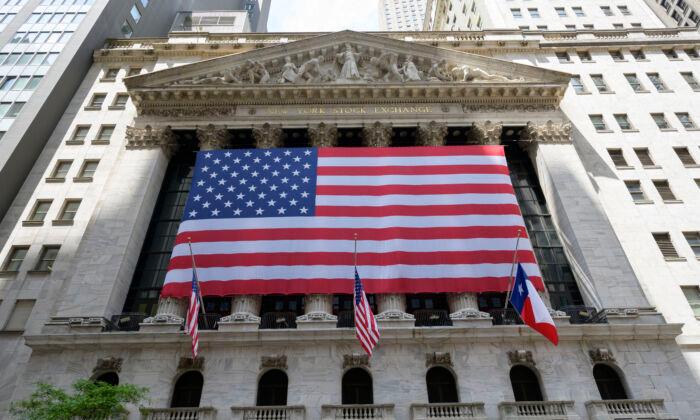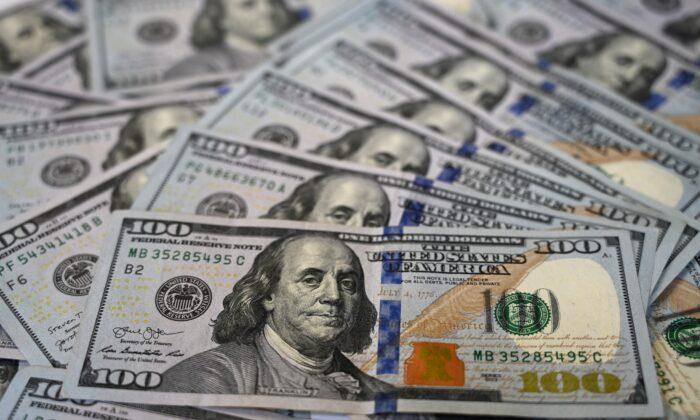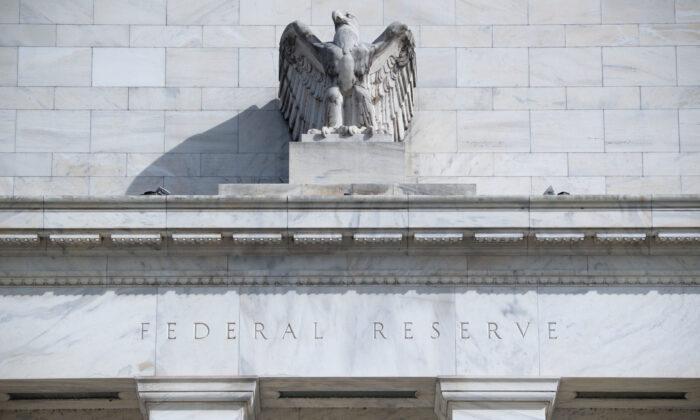The Biden administration is praising the one-year anniversary of the misnamed Inflation Reduction Act for creating a “booming” economy. Treasury Secretary Janet Yellen referred to the law as “the boldest climate action in the nation’s history.” She praised the redirection of hundreds of billions of dollars each year to address “climate change’s destabilizing effect on our planet and on our way of life.”
Most Keynesian economists, who favor more government spending, are also celebrating the explosive rise in federal spending. These economists urged the Federal Reserve to print more money in 2021, generating the predicted record inflation in 2022.
Double-digit inflation was only the first problem from that irresponsible monetary advice. The next issue was sopping up the excess money. So far, the Fed’s anti-inflation efforts have produced a 10 percent to 30 percent decline in stock prices and housing activity. Throughout history, these sensitive economic areas have been the first to react to monetary restraint before the downturn spreads to the rest of the economy.
- Reason No. 1: The Fed’s restraint was preceded by an explosive increase in money. My preferred money supply measure is down by 15 percent over the past year. However, the two-year average increase is 9 percent per year! Hence, we’ve yet to see the full impact of the Fed’s policy restraint.
- Reason No. 2: The economy has yet to decline because of massive increases in federal spending and subsidies from President Joe Biden’s Build Back Better legislation. The destructive efforts to flood the economy with money produced a short-term surge in spending with delayed consequences. There will be a similar delayed reaction to this surge in federal spending. As with the initial surge from new money, the current increase in business activity is both temporary and illusory.
Throughout its history, the United States has relied heavily on market forces to allocate resources. This produced the highest living standards of any major economy in the world. However, progress hasn’t been steady. On various occasions—whenever U.S. policies deviated from relying on free markets—things went badly.
The four major periods when federal spending grew much faster than private spending were the Wilson years (1913–20), the Hoover–Roosevelt years (1929–40), the Johnson–Nixon–Ford–Carter years (1965–81), and the Bush–Obama years (2004–15). As I document in my book, “Rich Nation, Poor Nation,” over these 45 years, the real take-home pay of the average worker failed to increase. Almost all progress in improving living standards has occurred when government allowed markets to function naturally.
As with the illusory boost to activity from a surge in money creation, a surge in federal spending and resource reallocation can first appear to stimulate the economy. The initial surge in spending in politically favored areas creates jobs and generates profits. While government planners are quick to point to the success of such projects, they ignore how these resources would have been better used without the reallocation.
A recent example of the failure of government spending to create real value occurred when the Department of Energy announced a $9 billion loan to Ford to build battery plants in Kentucky and Tennessee. The objective was to kickstart production related to electric vehicles (EV) by shifting resources into battery companies. One immediate problem with Ford’s shift to EVs is that even with massive subsidies, the public doesn’t want them. This year, Ford’s EV unit is expected to lose $4.5 billion. This is only a small fraction of the cost from the misallocation of resources.
The costs associated with misallocating resources might be worth it if Ms. Yellen’s claim that “today, no one can ignore the mounting evidence of climate change’s destabilizing effect on our planet and on our way of life” were true. The Treasury secretary appears completely oblivious to recent congressional testimony wherein two prominent climate experts provide detailed scientific evidence that climate concerns are a hoax.
When politicians use their power to direct such decisions as to how to produce energy and make vehicles, they assume that their knowledge is superior to that of the market system. History shows that the hubris associated with such an assumption is highly destructive.
In its heyday, the USSR provided a classic example of the failure of an economy in which government-directed resources created a failed economy. In 1989, its per-person capital output was reported at $24,000, based on government-controlled prices. In the 1990s, when communism gave way and output was valued by free markets, Russia’s output per person fell to $14,000, a 40 percent decline from the illusionary estimate based on nonmarket values.
As the USSR’s central planners belatedly discovered, the real cost of interfering with free markets leaves an economy exposed to inflation, reduced productivity, and products that don’t work.
A similar miscalculation exists today in the United States. The tax penalties and subsidies in climate legislation are distorting market prices as effectively as they were in the old USSR. Resources are being misallocated. The true cost of these policies may not yet be apparent, but they’re inevitable. The illusion of a “booming” centrally planned economy will fade as a decline in living standards reveals the true cost of central planning.







